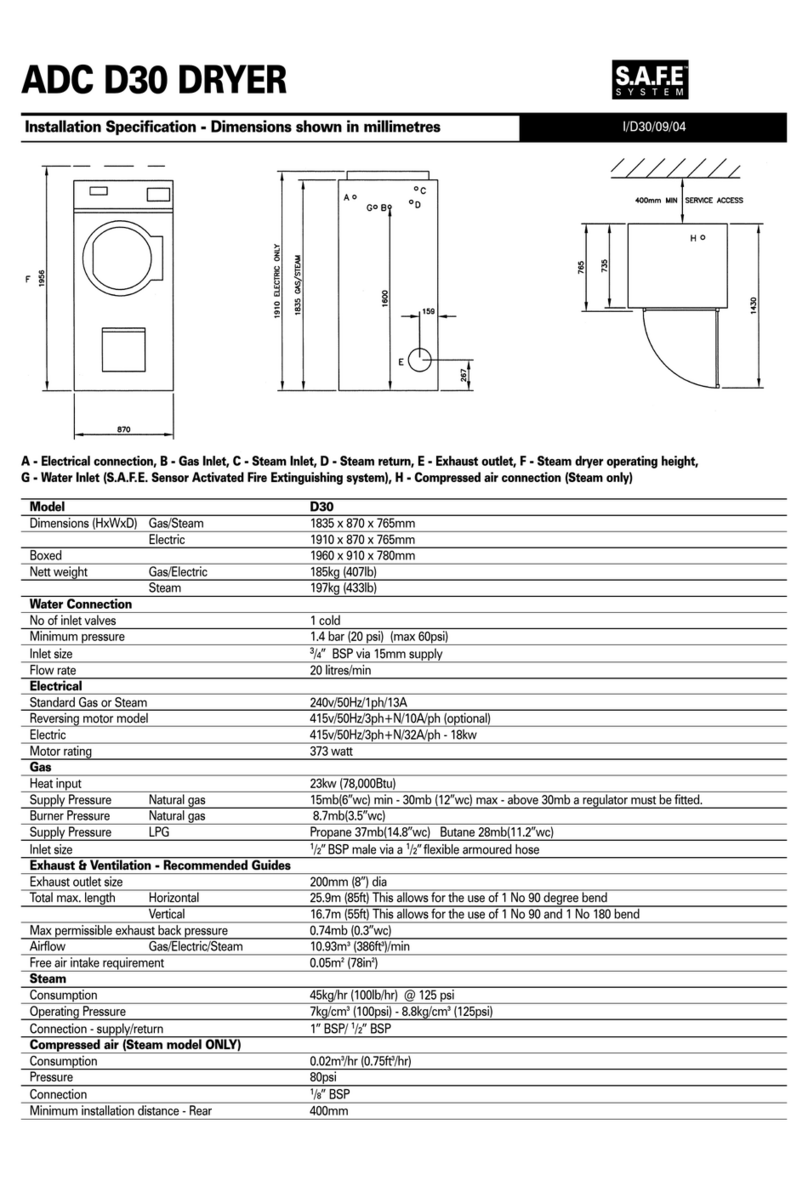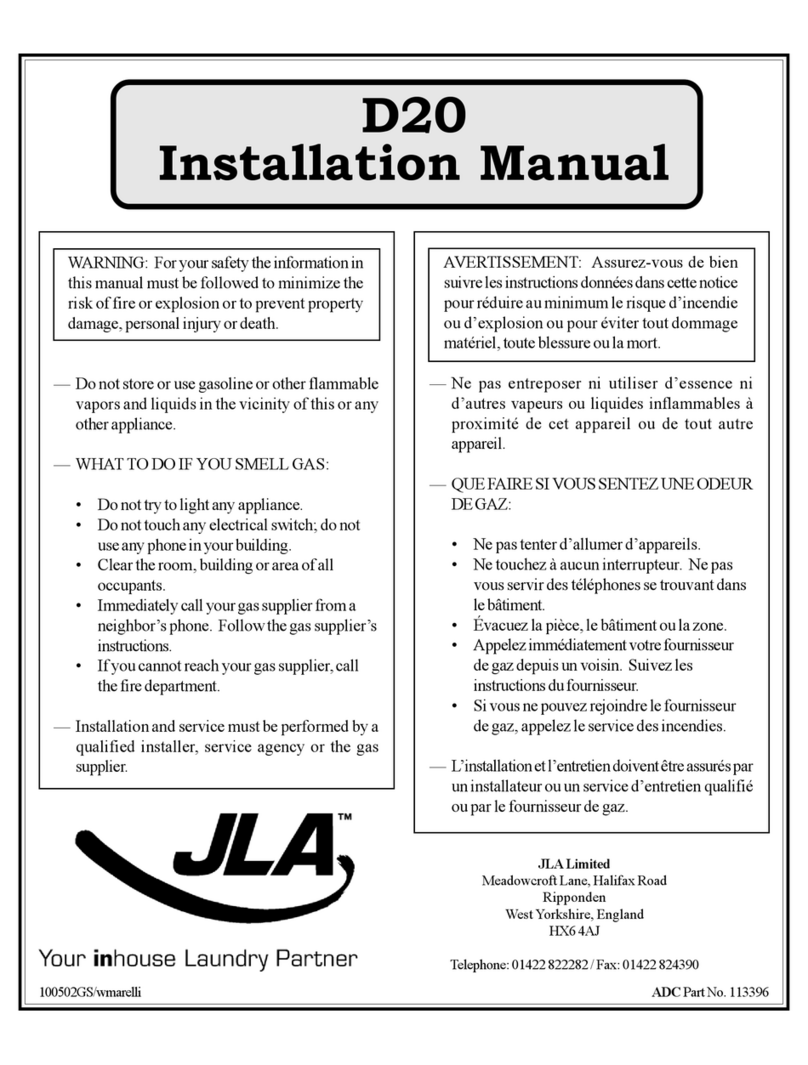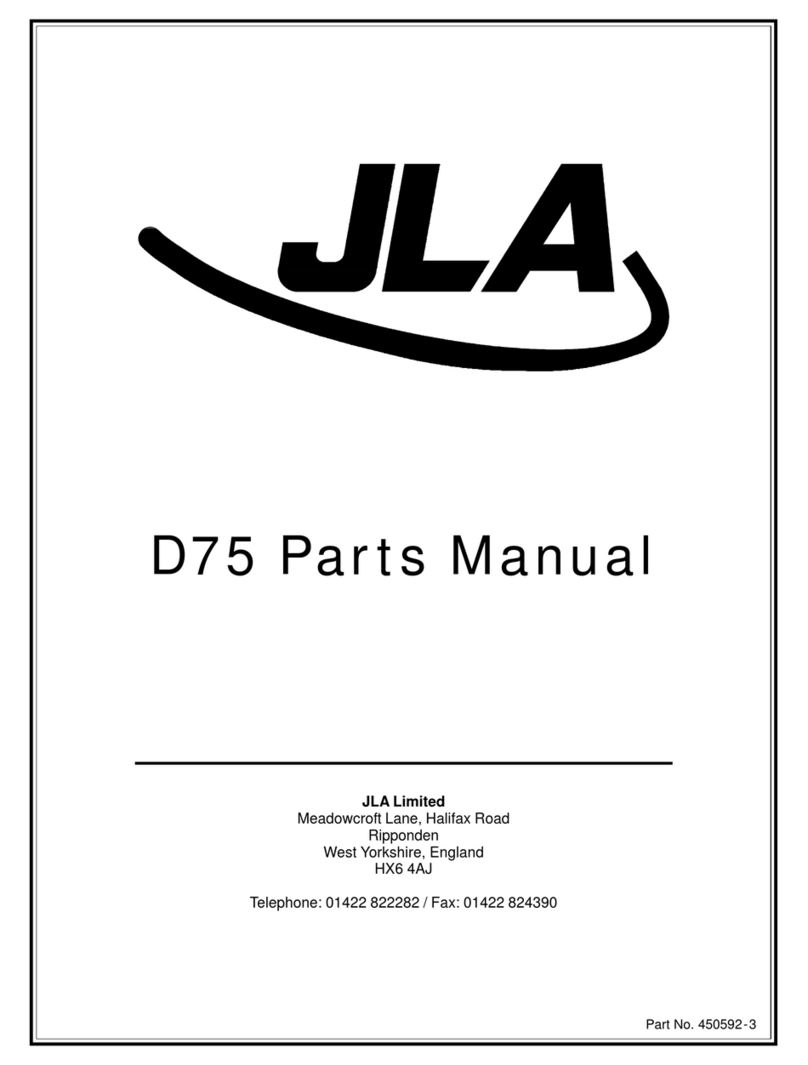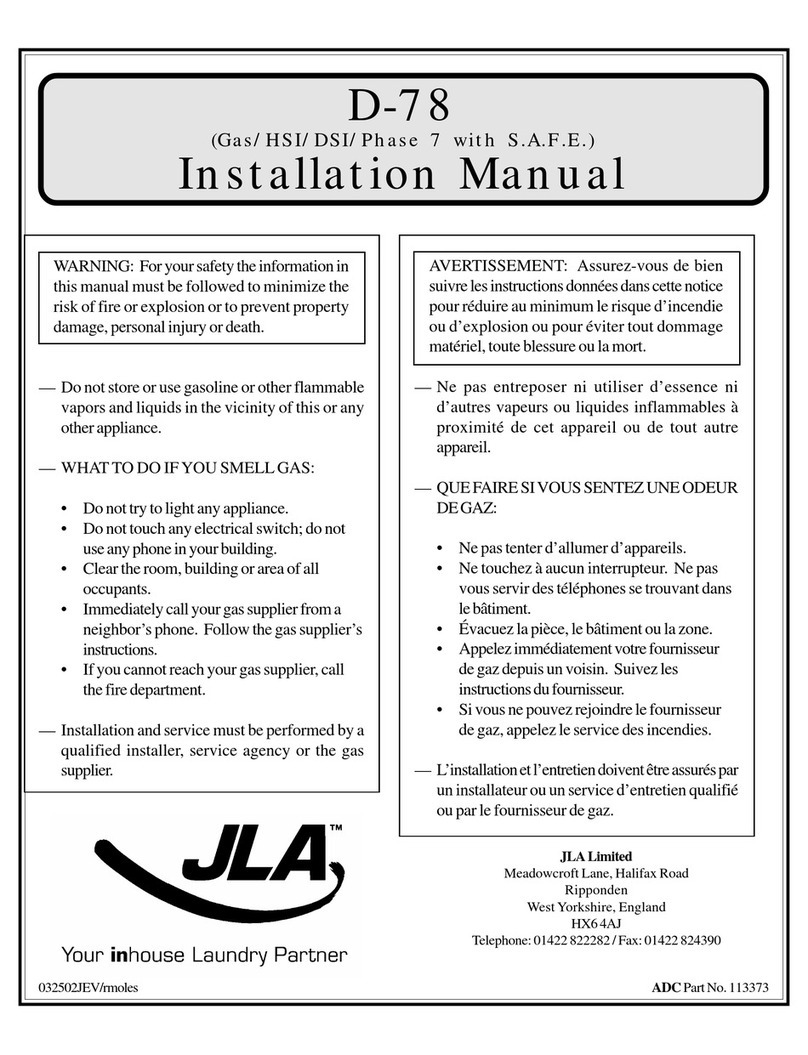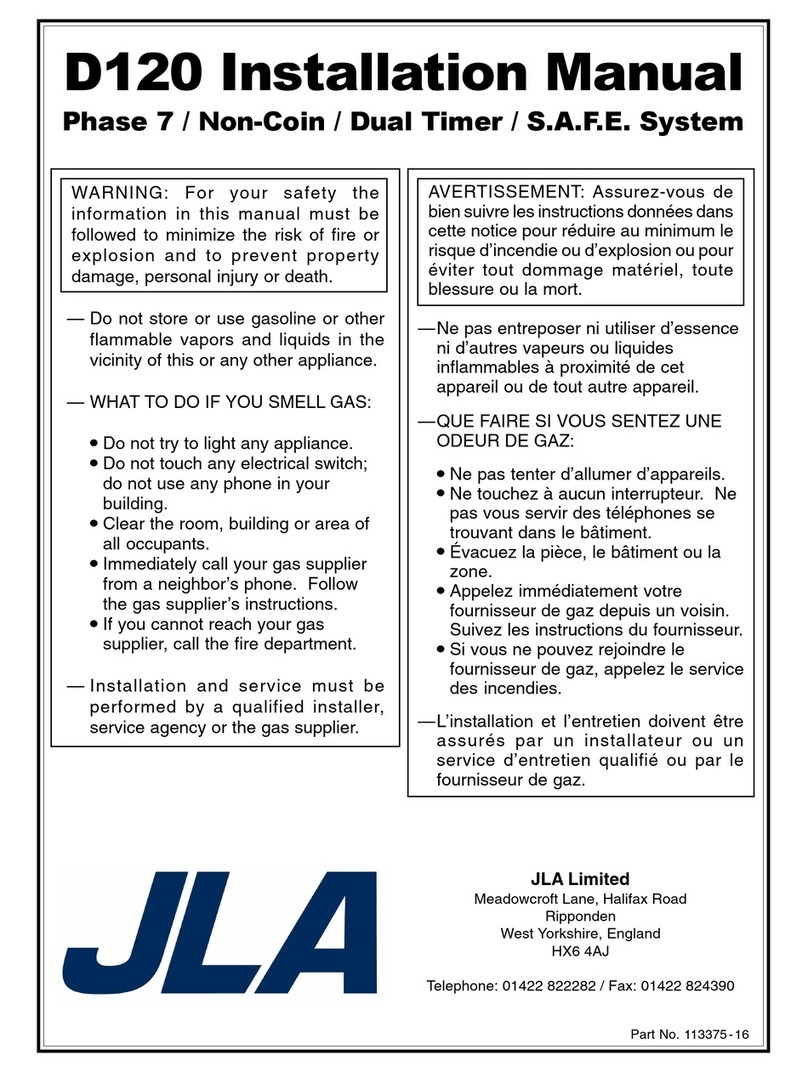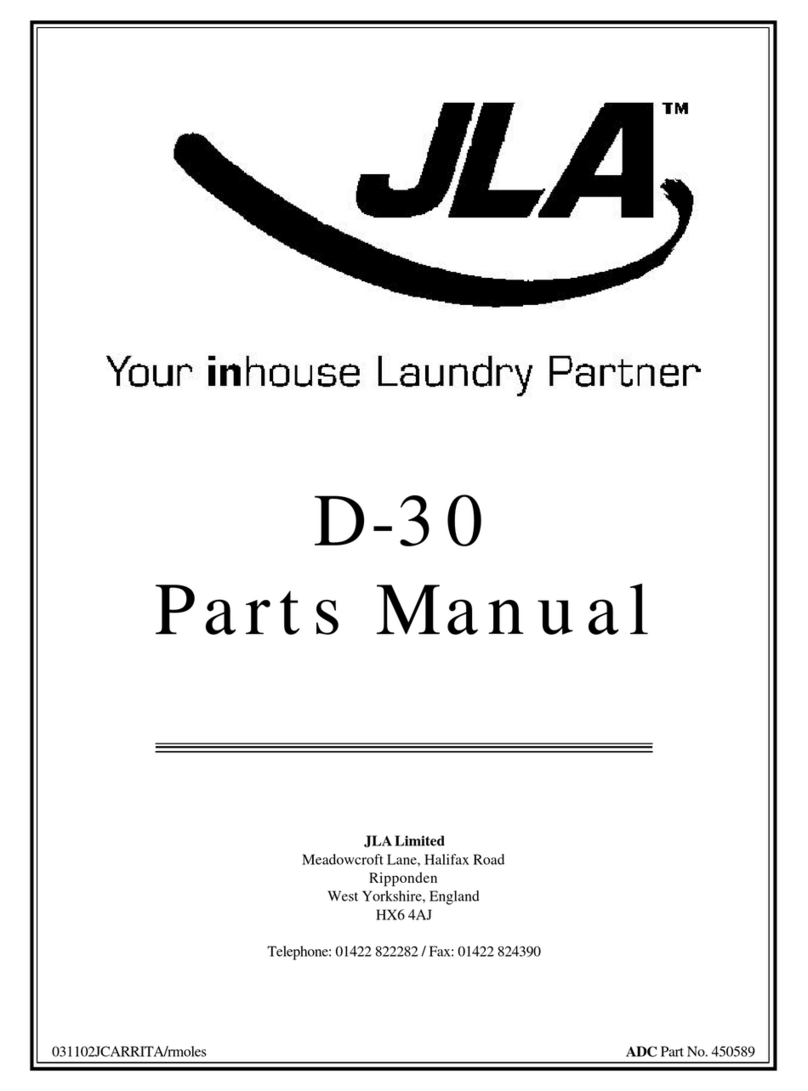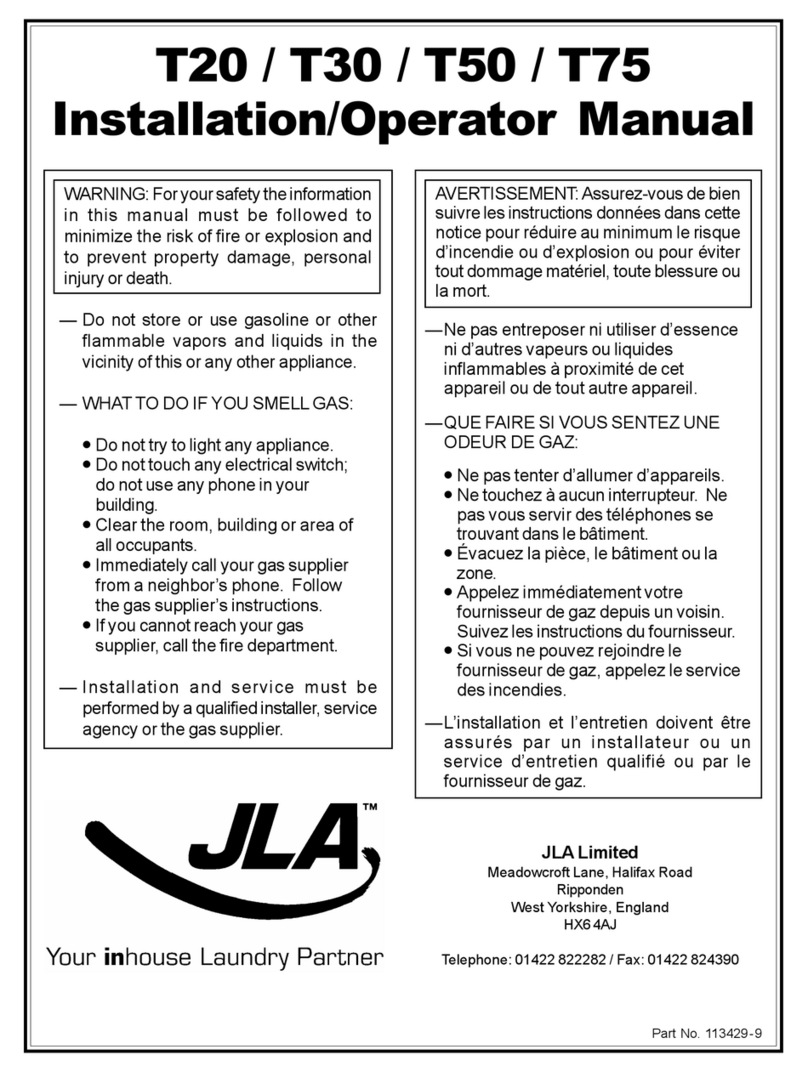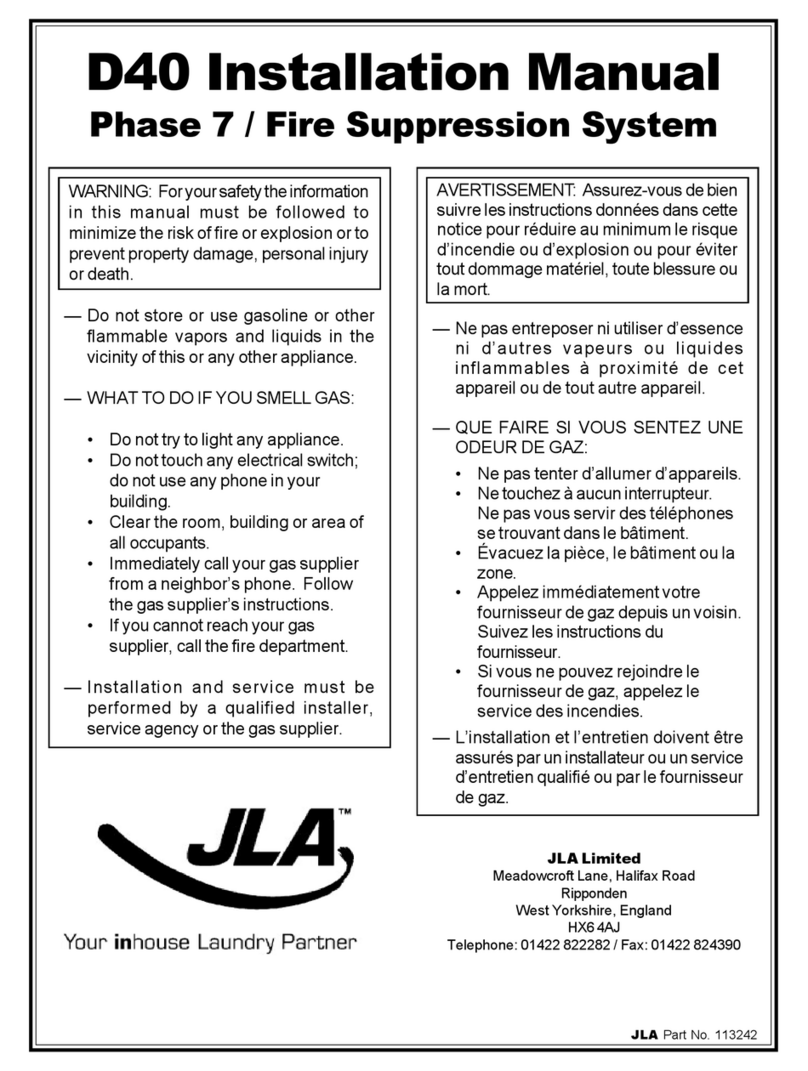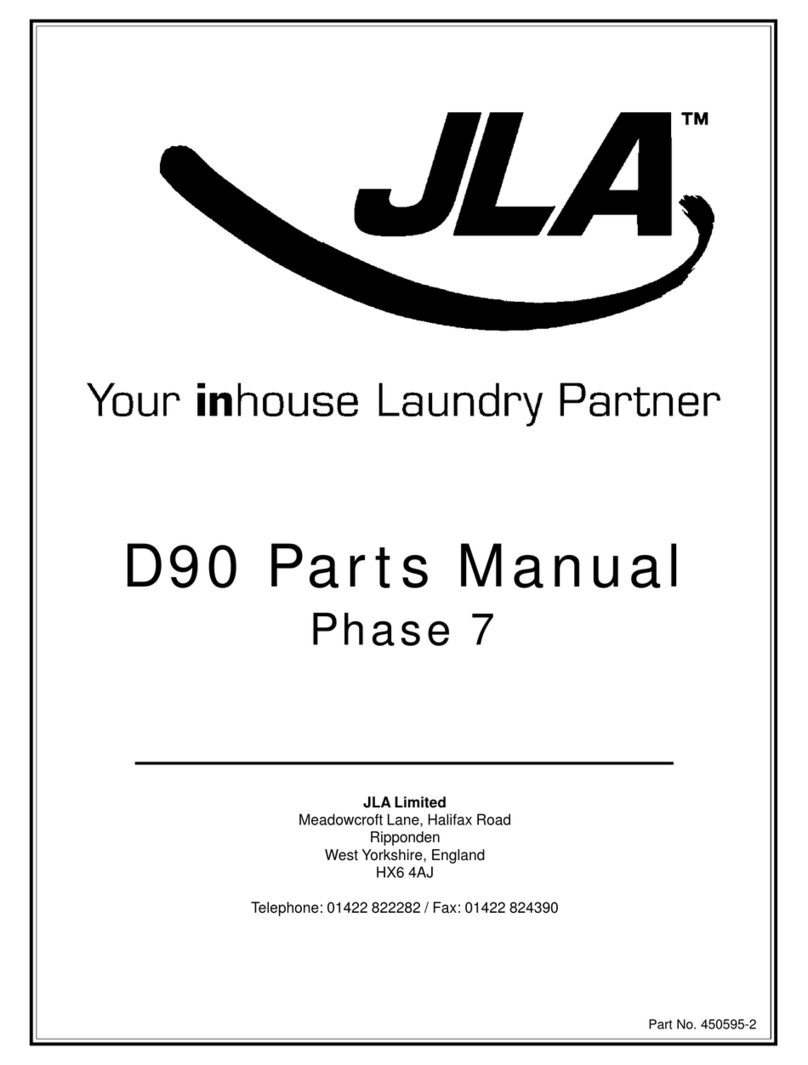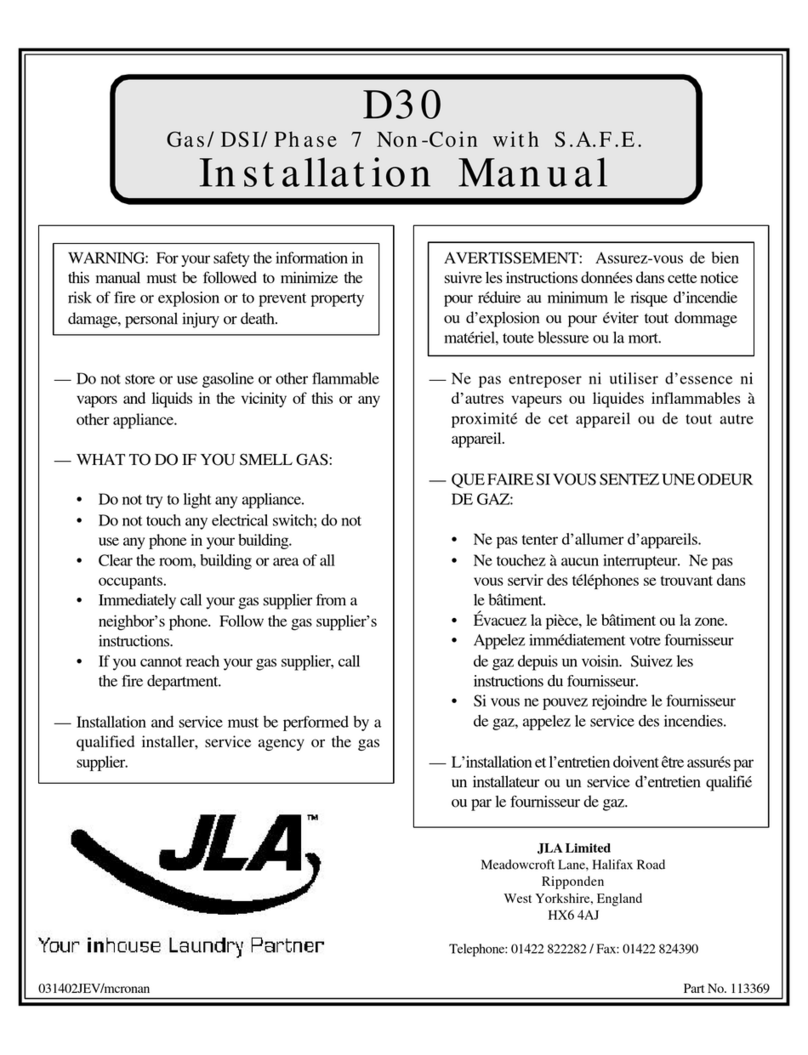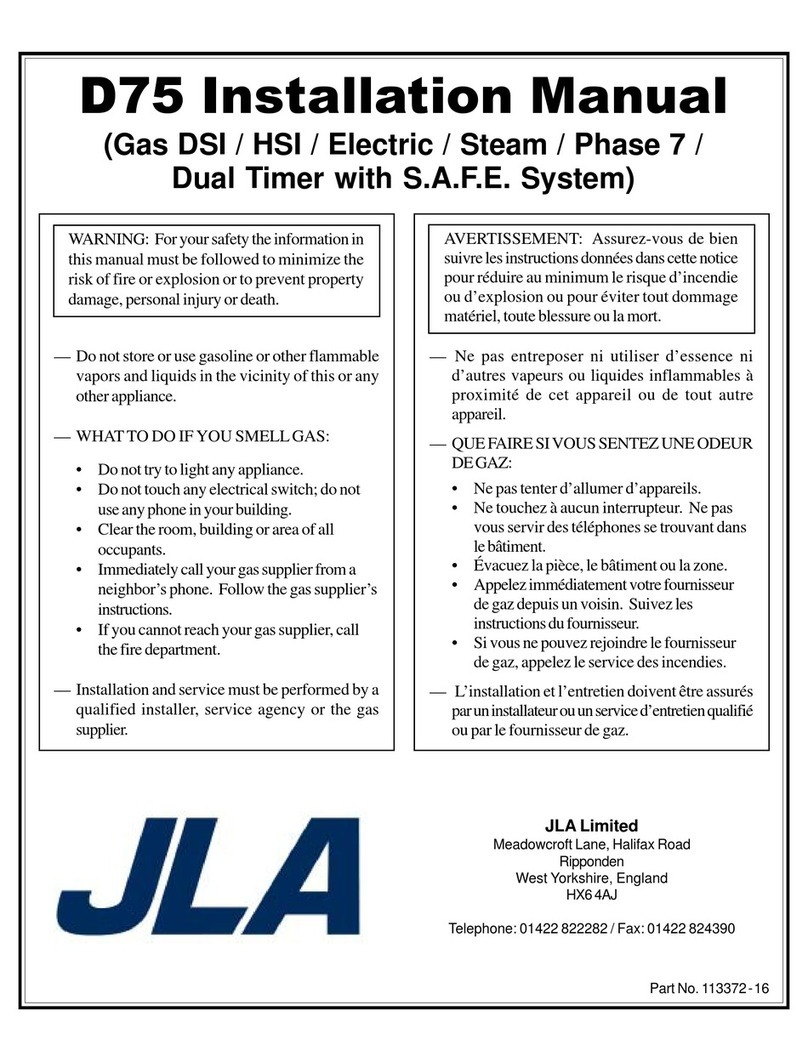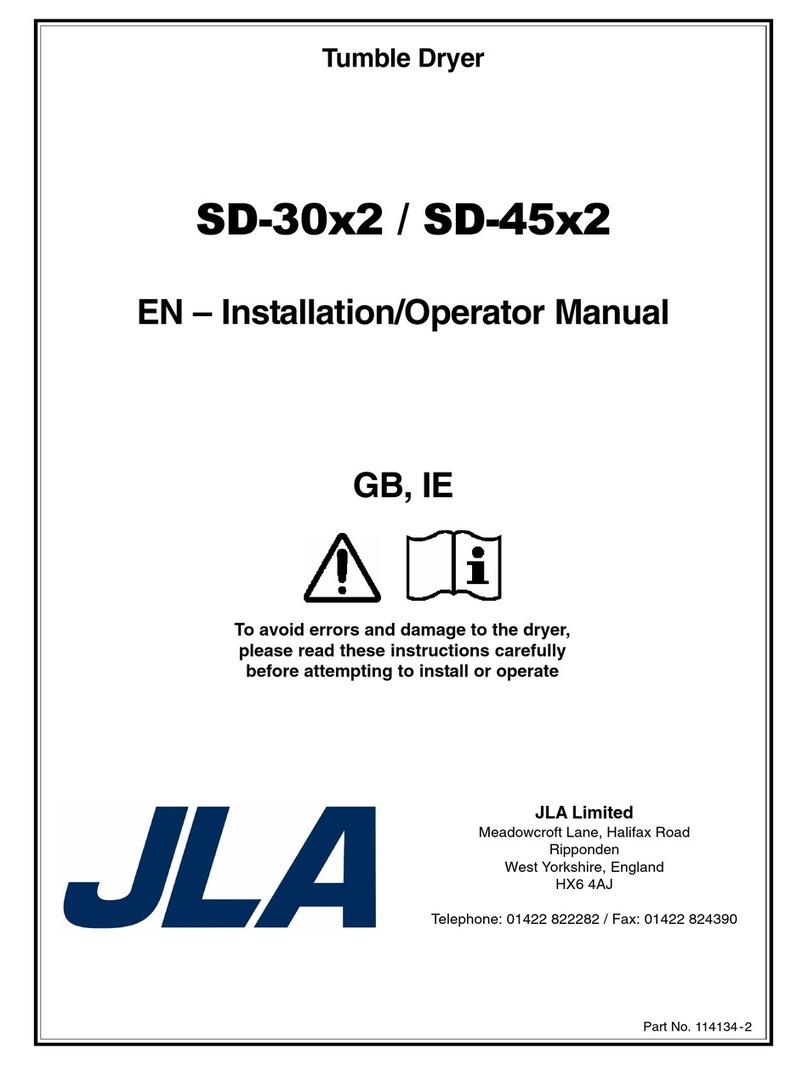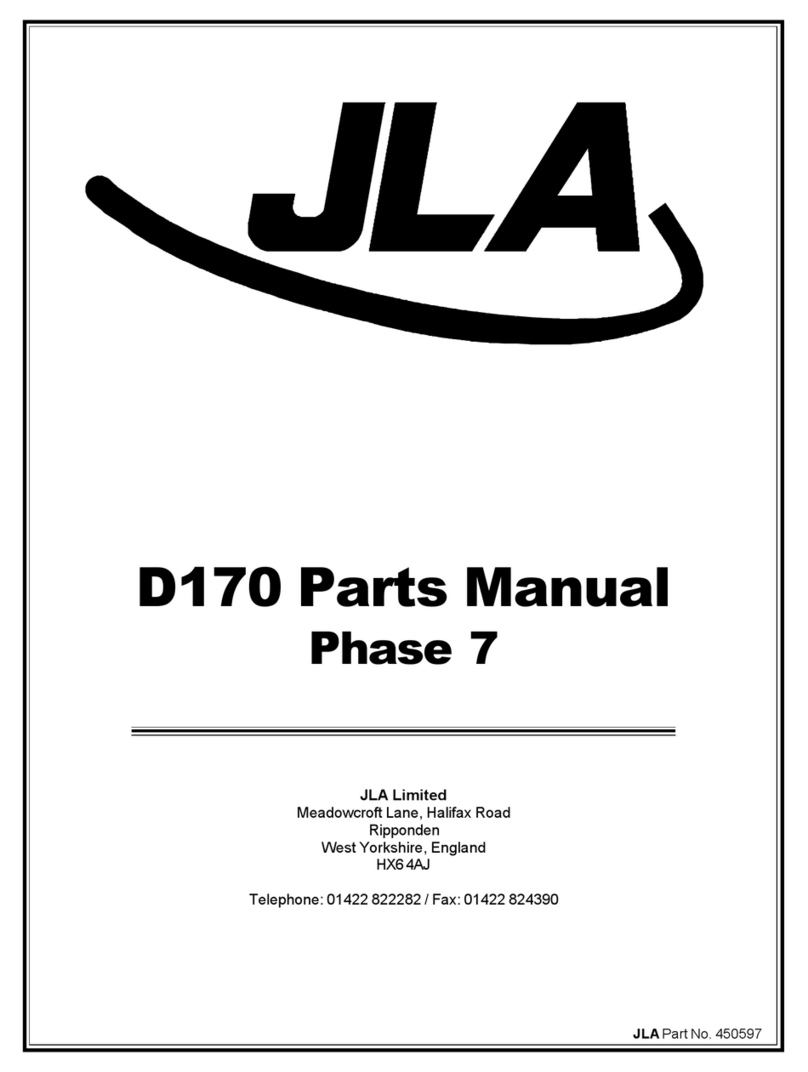
SECTION I
SAFETY PRECAUTIONS ..............................................................................................................................2
SECTION II
SPECIFICATIONS/COMPONENT IDENTIFICATION .........................................................................4
A. Specifications.......................................................................................................................................... 4
B. ComponentIdentification........................................................................................................................ 6
SECTION III
INSTALLATION PROCEDURES ................................................................................................................8
A. Location Requirements........................................................................................................................... 8
B. Unpacking/Setting Up............................................................................................................................. 9
C. Dryer Enclosure Requirements ............................................................................................................ 10
D. FreshAir Supply Requirements ............................................................................................................ 10
E. Exhaust Requirements.......................................................................................................................... 11
F. Electrical Information ........................................................................................................................... 15
G. Gas Information .................................................................................................................................... 17
H. Water Information ................................................................................................................................ 20
I. Preparation for Operation/Start-Up...................................................................................................... 23
J. Preoperational Tests ............................................................................................................................. 23
K. Compressed Air Requirements............................................................................................................. 25
L. Shutdown Instructions .......................................................................................................................... 26
SECTION IV
SERVICE/PARTS INFORMATION ...........................................................................................................27
A. Service .................................................................................................................................................. 27
B. Parts...................................................................................................................................................... 27
SECTION V
WARRANTY INFORMATION ...................................................................................................................28
A. Returning Warranty Cards ................................................................................................................... 28
B. Warranty ............................................................................................................................................... 28
SECTION VI
ROUTINE MAINTENANCE ......................................................................................................................29
A. Cleaning ................................................................................................................................................ 29
B. Adjustments .......................................................................................................................................... 30
C. Lubrication ............................................................................................................................................ 30
SECTION VII
DATA LABEL INFORMATION .................................................................................................................31
SECTION VIII
PROCEDURE FOR FUNCTIONAL CHECK OF REPLACEMENT COMPONENTS ...................32
SECTION IX
PHASE 7 NON-COIN SYSTEM DIAGNOSTICS....................................................................................33
A. Diagnostic (L.E.D. Display) Fault Messages ...................................................................................... 33
Table of Contents






